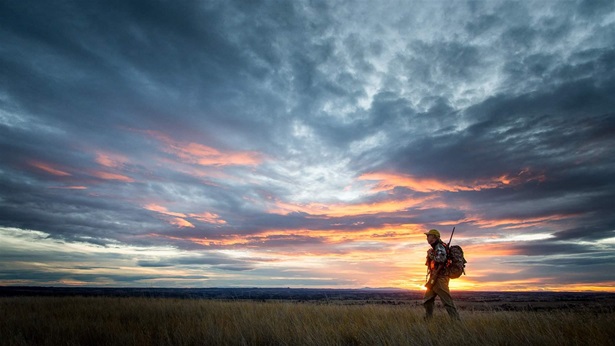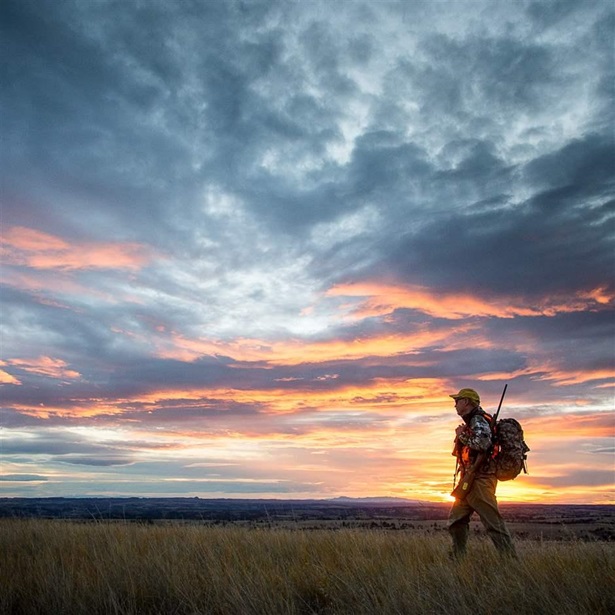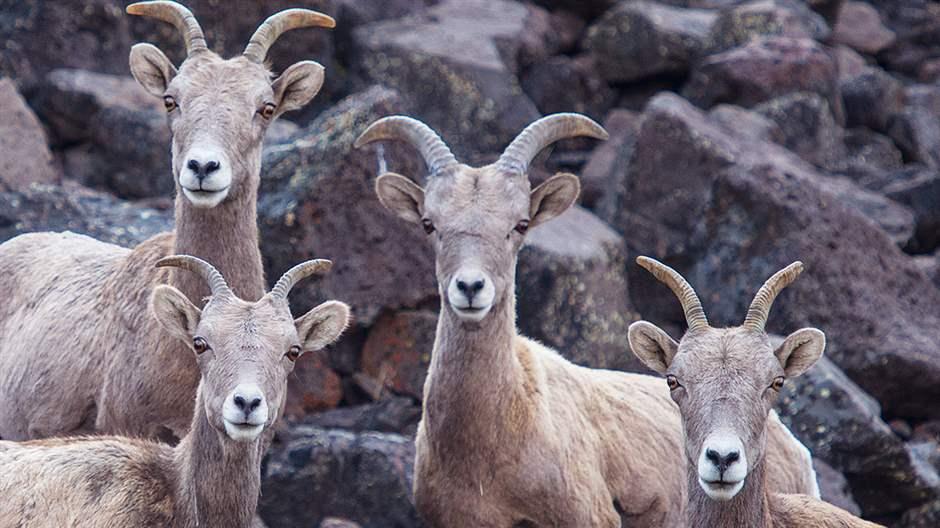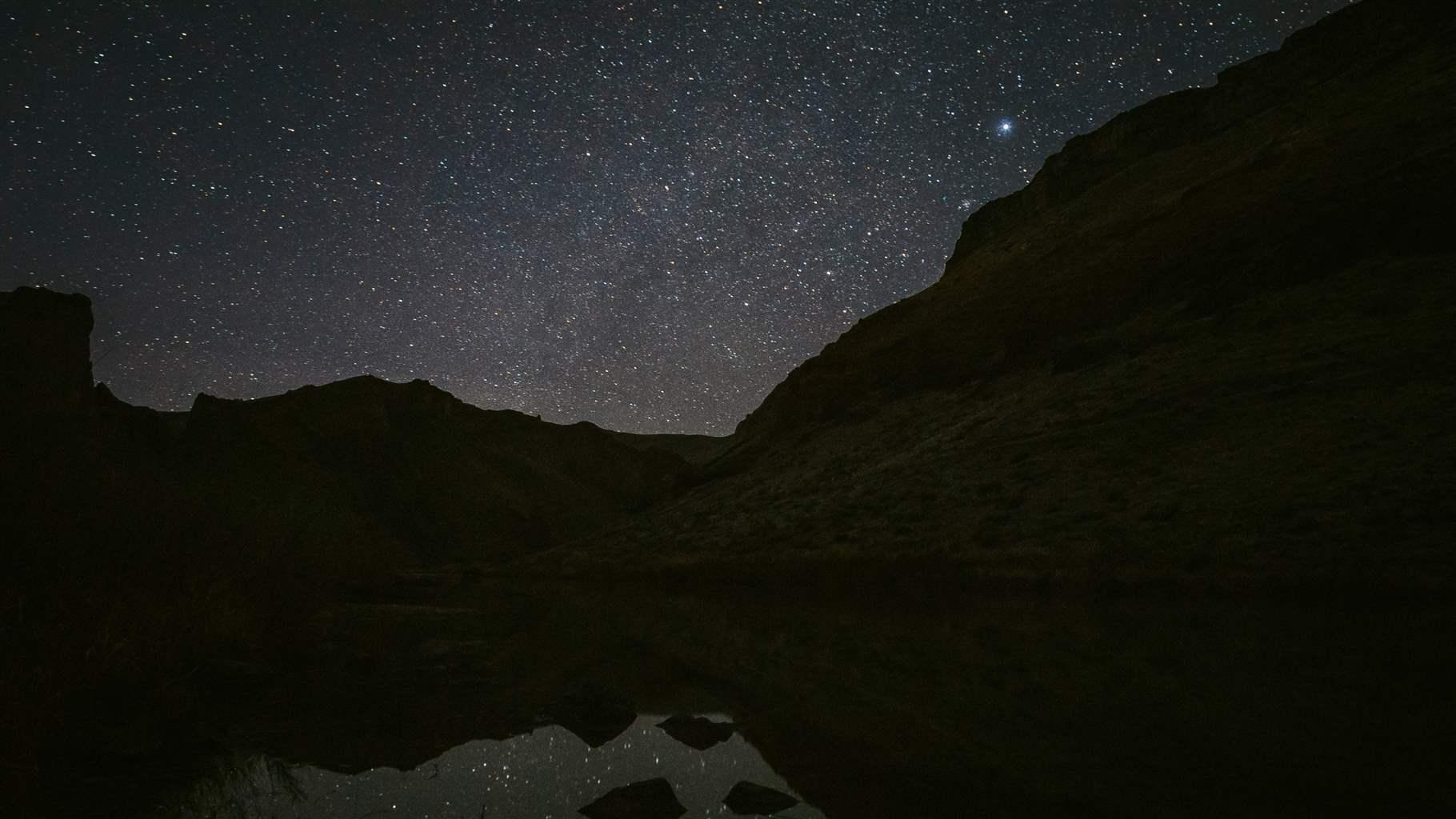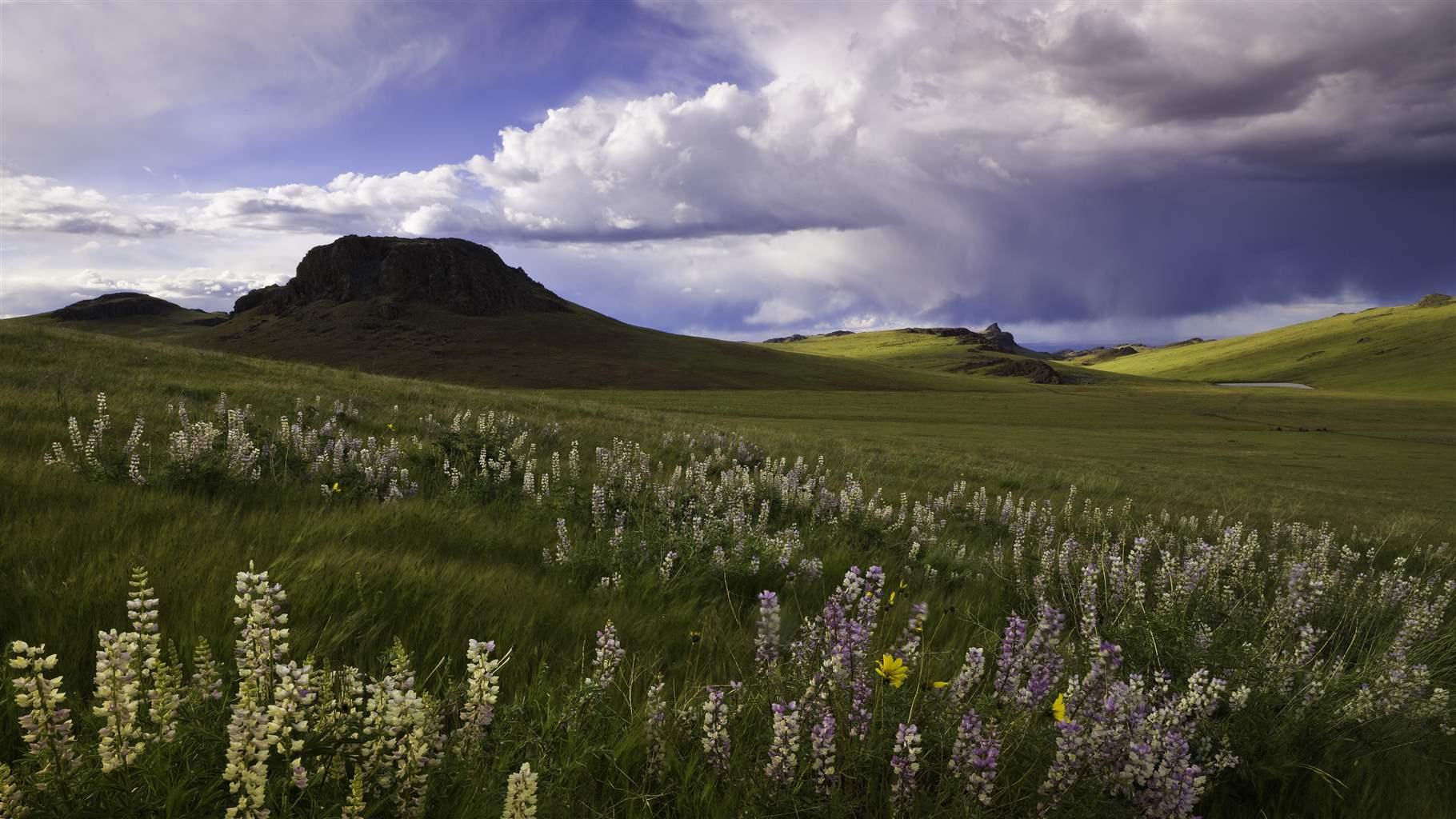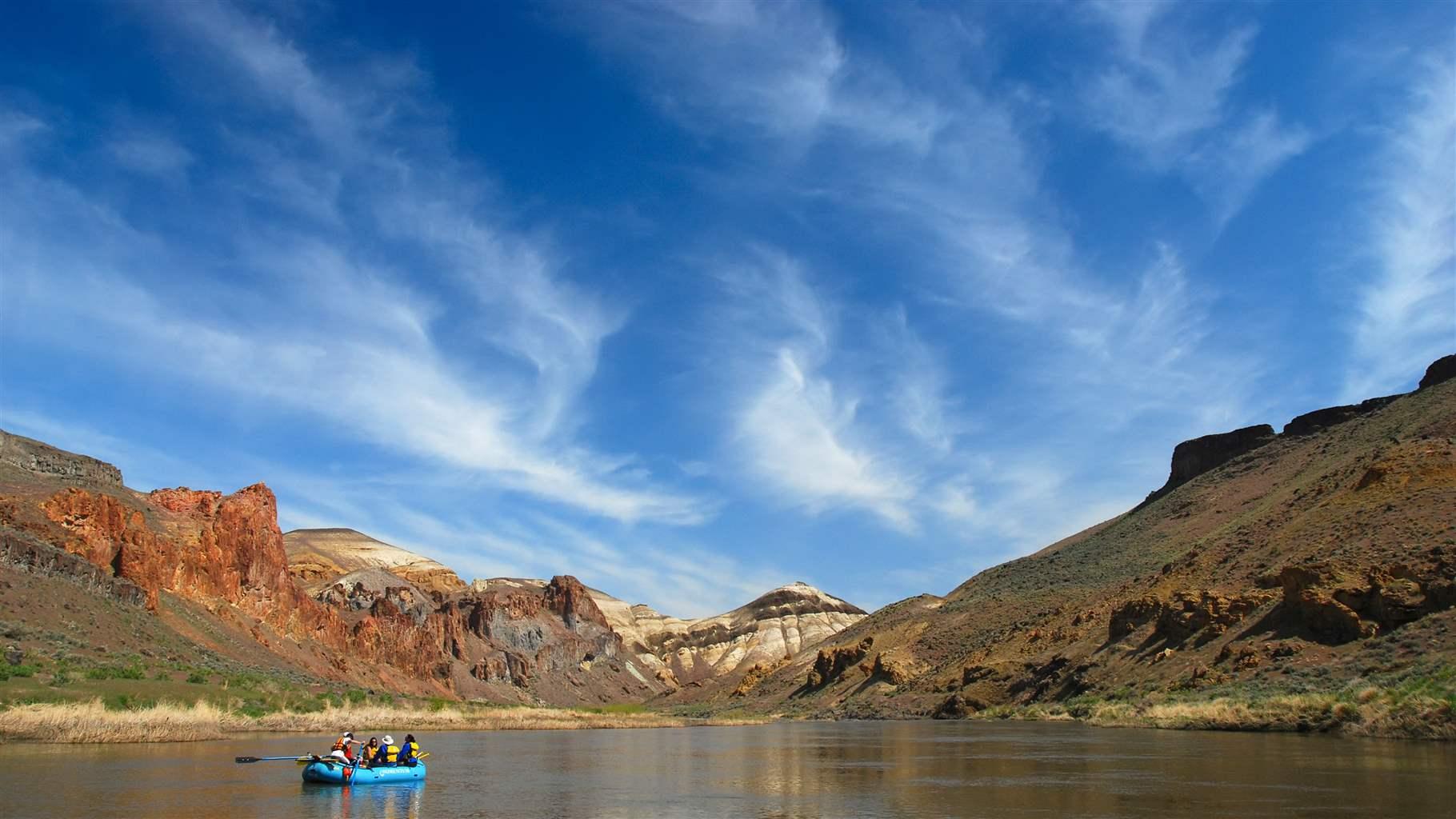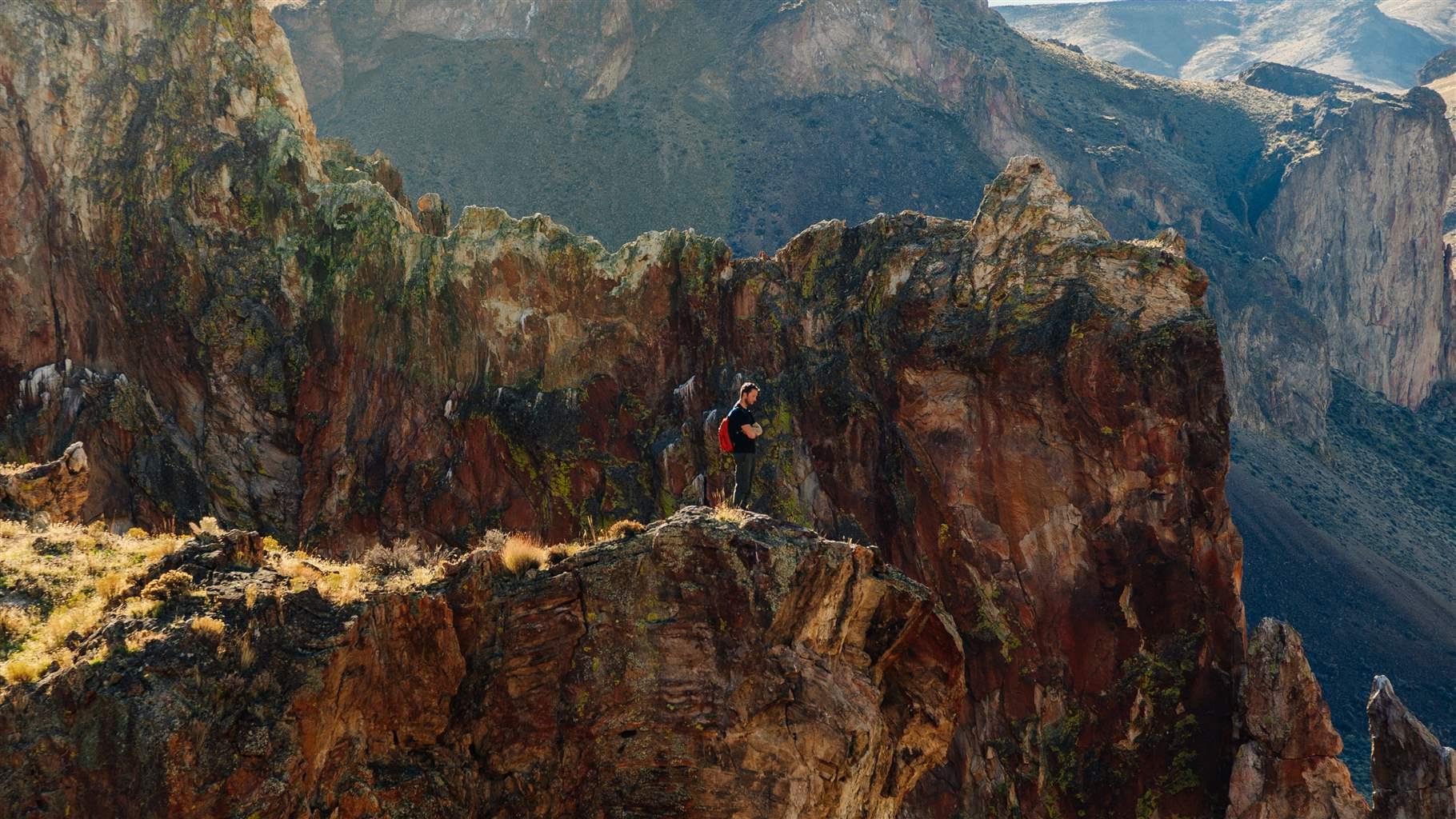Five Reasons to Protect the Owyhee Canyonlands
Unlikely allies back U.S. Senate bill to preserve ‘Oregon’s Grand Canyon’
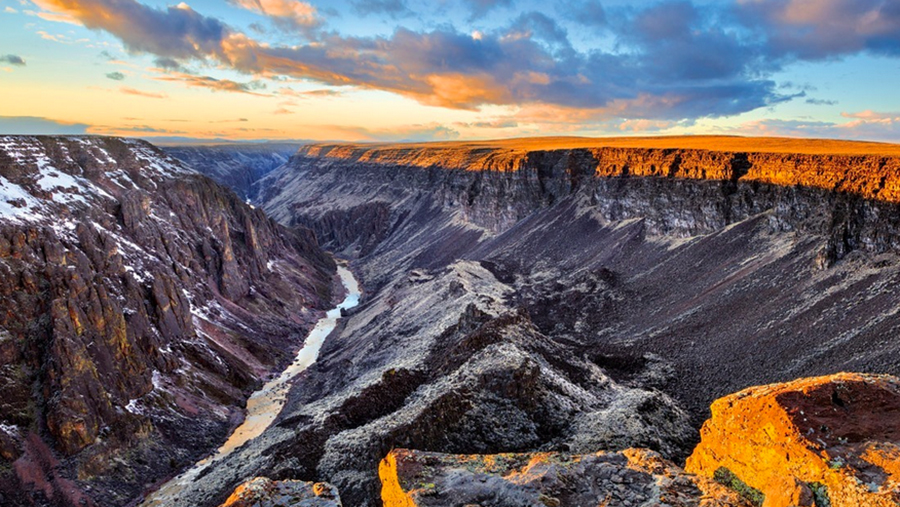
The southeastern Oregon section of the Owyhee Canyonlands, which also stretches into southwestern Idaho, has clean, fish-filled rivers and some of the most intact wildlife habitat left in the Lower 48 states—two reasons scientists say that this area “presents a significant opportunity to conserve key elements of native biodiversity and ecological function.” In 2009, Congress designated 500,000 acres of the Owyhee landscape across the border in Idaho as wilderness, but the Oregon side remains unprotected.
That could change soon: In November, Oregon Senators Ron Wyden and Jeff Merkley, both Democrats, introduced the Malheur Community Empowerment for the Owyhee Act, which would protect nearly 1.15 million acres as wilderness and more than 14 miles of rivers as wild and scenic. The act, which resulted from inclusive consultation with sportsmen and -women, ranchers, county and tribal representatives, conservationists, and state and federal agency staff, includes safeguards for high-value, free-flowing rivers and increased attention to the conservation of sensitive desert habitat and cultural resources.
Here are five reasons Congress should pass this legislation to protect the Owyhee:
1. Wildlife conservation
The Owyhee Canyonlands is home to more than 200 species of wildlife, including golden eagles, pronghorn, elk, and one of the largest herds of California bighorn sheep in the nation. Its abundant clean water harbors brown, rainbow, and redband trout; largemouth and smallmouth bass; and other fish.
2. Some of the darkest skies in the country
The Owyhee is one of the few places in the Lower 48 to view the full breadth of the Milky Way, which is distinctly visible here because the area is free of light pollution. In fact, the Owyhee ranks in the top 1 percent of western U.S. lands for dark night skies.
3. One of the largest unprotected areas in the continental U.S.
At 2.5 million acres, Oregon’s Owyhee Canyonlands is one of the largest intact landscapes remaining in the American West and represents one of the most important opportunities to protect a sizeable landscape outside of Alaska. By passing the bill, Congress would safeguard a core area—including critical migration corridors—to help wildlife adapt to climate change. Left unprotected, the Canyonlands could become fragmented by proposed energy development and mining, threatening a diverse range of wildlife and plant species and the area’s wild character.
4. Vital to the local economy
The Owyhee offers world-class outdoor recreation, including hiking, biking, swimming, rafting, hunting, and fishing. A 2016 economic study found that the area’s outdoor recreation industry creates more than 700 jobs and contributes nearly $70 million annually to the local economy. Overall, Oregon’s outdoor recreation industry generates $16.4 billion a year in consumer spending and supports 172,000 jobs.
5. Enjoys statewide support
A diverse group of small-business owners, veterans, hunters and anglers, health care professionals, and educators, along with tens of thousands of Oregonians, support protecting the Owyhee. A 2016 poll found that 70 percent of state residents favor preserving the Owyhee, as do 66 percent of those in eastern Oregon, where the Owyhee land is located.
The Pew Charitable Trusts encourages Congress to take up the Malheur Community Empowerment for the Owyhee Act to ensure protections of this ecologically and economically critical area exist for current and future generations to enjoy.
Nicole Cordan is a director with Pew’s U.S. Public Lands and Rivers Conservation project.
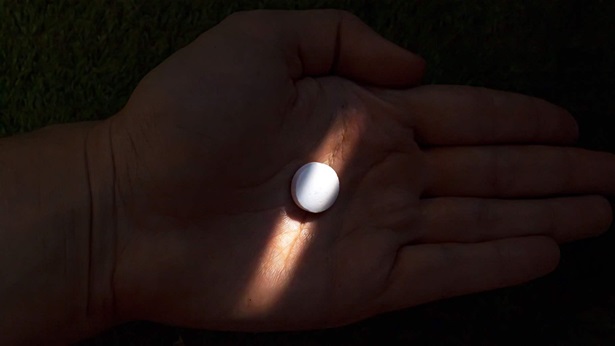
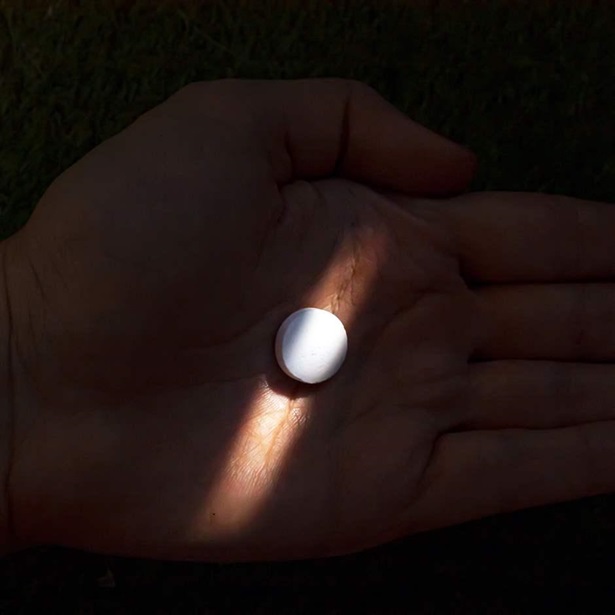
America’s Overdose Crisis
Sign up for our five-email course explaining the overdose crisis in America, the state of treatment access, and ways to improve care
Sign up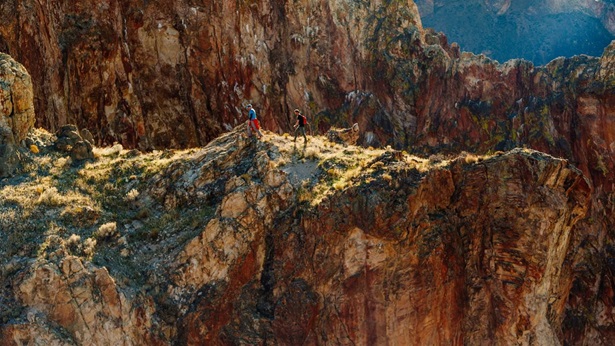
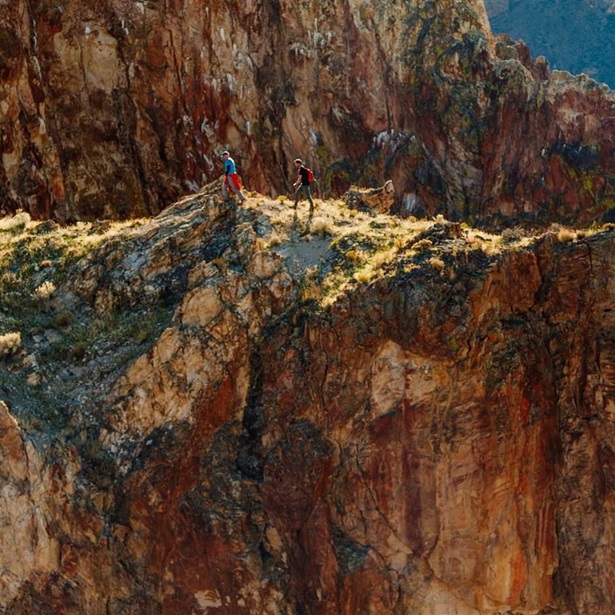
BLM Plan Would Open Oregon Public Lands to Development
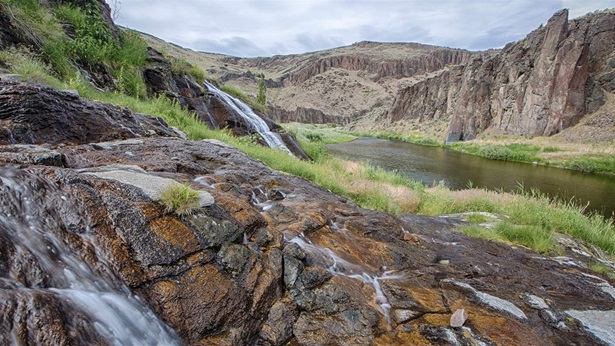
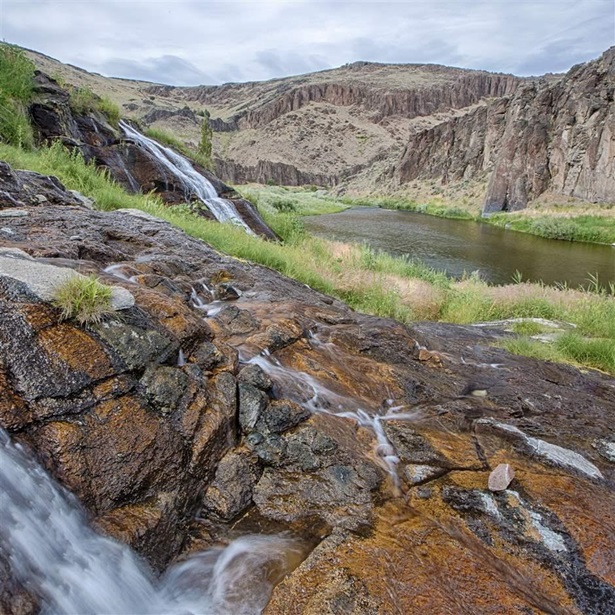
Oregon: The Economic Contributions of Hunting, Fishing, and Wildlife-Watching on BLM Lands
